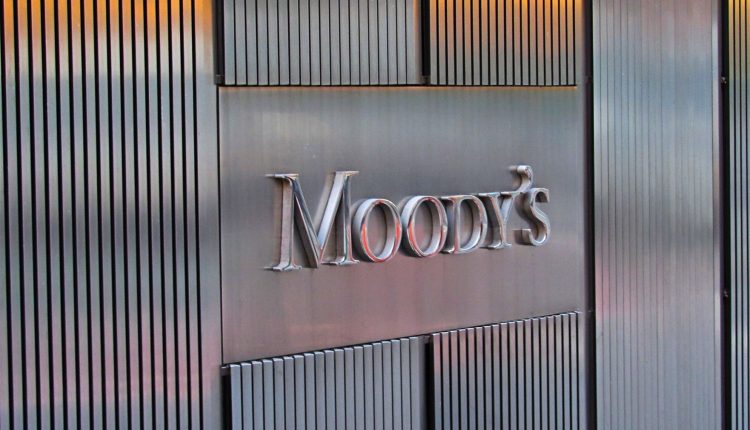Moody’s maintained on Friday Egypt’s long-term foreign and local currency issuance ratings at B2 and its stable outlook.
The credit rating agency also affirmed Egypt’s foreign currency senior unsecured ratings at B2, according to its latest report.
Moody’s latest assessment of Egypt’s issuer ratings was based on continued exposure to volatile financing conditions driven by weak debt affordability and high gross borrowing requirements, balanced against improving shock resilience evidenced during the pandemic as a result of the government’s track record of economic and fiscal reform implementation.
Local currency ceiling unchanged, foreign currency ceiling up
Furthermore, the credit agency also left Egypt’s local currency ceiling unchanged at Ba2, but raised its foreign currency ceiling to Ba3 compared with B1 previously.
While acknowledging a higher rating for local currency, which is three notches above Egypt’s sovereign rating, Moody’s took into account the country’s bloated public sector.
“The public sector’s large footprint in the economy that stifles private sector development and credit allocation is mitigated by the growing implementation of structural competitiveness reforms,” the agency’s report read.
However, Moody’s warned of Egypt’s vulnerability to potential liquidity and external financing shocks as a result of the pandemic and volatile external liquidity conditions.
Debt affordability still very poor
Egypt’s debt affordability remains “very weak” and susceptible to “a sharp rise” in financing costs, the report added.
“Its external position remains sensitive to bouts of capital outflows. The renewed build-up of foreign exchange reserves provides a buffer against sharp capital flow reversals, but vulnerabilities persist,”
Borrowing requirements the highest
The North African country’s exposure to funding shocks is further exacerbated by its high gross borrowing requirements at around 35 per cent of gross domestic product (GDP) for the financial year 2021-2022. Its annual gross borrowing requirements are expected to remain among the highest of Moody’s rated sovereigns for the foreseeable future.
For the external side, the structural narrowing in the current account deficit and renewed build-up of foreign exchange reserves to $36 billion at the end of financial year 2021 –after falling to $32 billion in May 2020– provides a buffer against future outflows, potentially related to a resurgence of the pandemic or to tightening international liquidity conditions, Moody’s noted.
The rating agency expects Egypt’s foreign exchange reserve buffer to remain sufficient to fully cover annual external debt service requirements accruing over the upcoming three years.
Egypt’s flexible response to pandemic shocks
“The government’s flexible crisis response has sustained growth during the pandemic despite the sharp contraction in the tourism industry which accounted for about 10 percent of GDP in 2019, supported by continued public investment and strong remittance inflows,”
Looking forward, Moody’s projected Egypt’s debt to GDP ratio to fall to 84 percent by 2024 due to the continued primary surpluses and the tendency to return to economic trend growth of 5.5 percent starting financial year 2021/2022.
Social risks
“Relatively high poverty rates and gender inequality also contribute to social risks which have been exacerbated by the large economic reform adjustment costs borne by consumers over the past few years. As part of the government’s reform effort, social risks are being mitigated by a more targeted social safety net, although the breadth of coverage remains relatively narrow,” Moody’s added.


